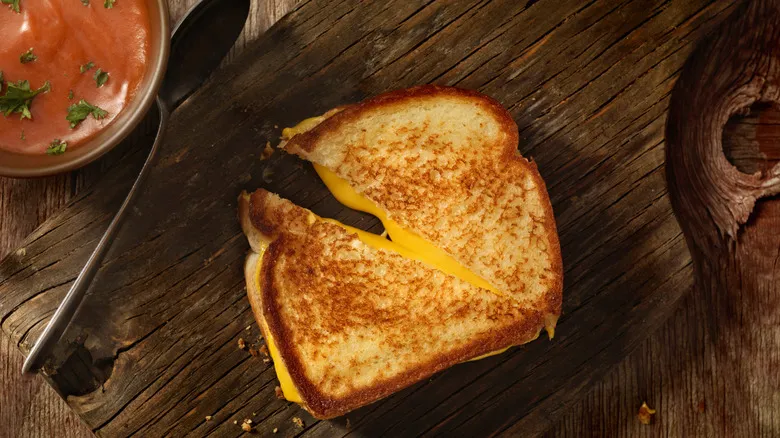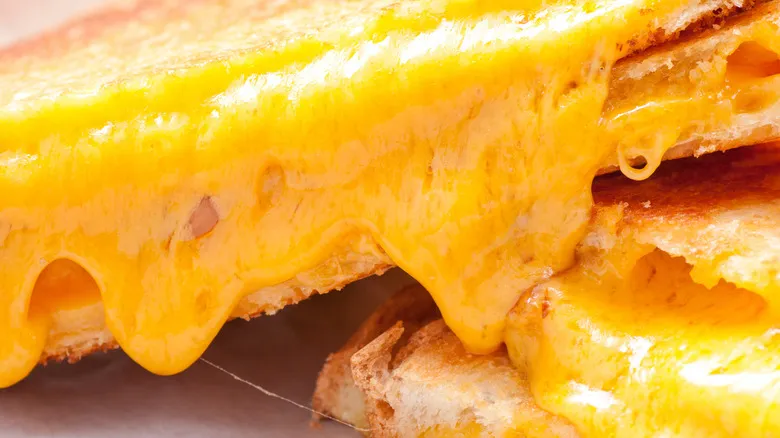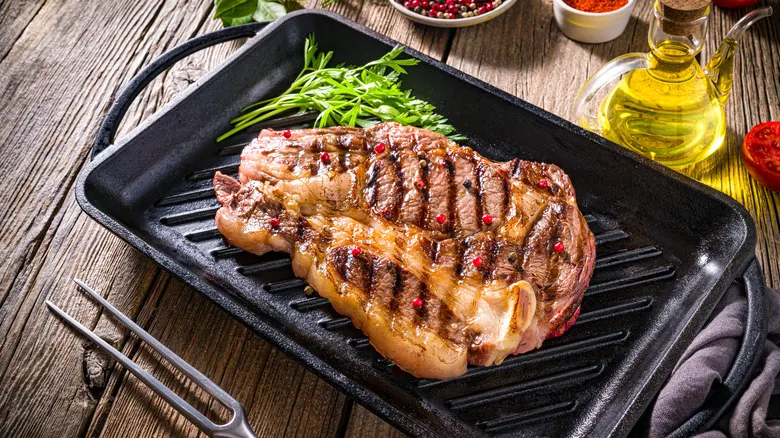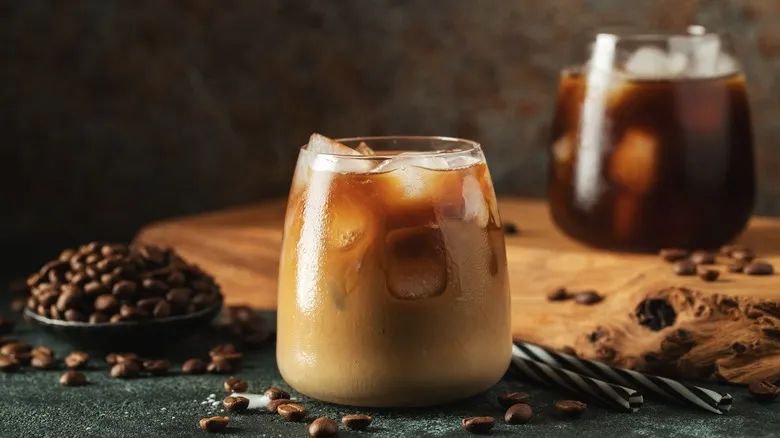A difference in brew leads to a difference in flavor

What’s fascinating about coffee is that both iced coffee and cold brew can be made from the same coffee beans, yet they yield distinctly different flavors. So, from a scientific perspective, how do various brewing techniques influence the taste of coffee?
The initial factor is the grind size. Iced coffee typically requires a much finer grind, maximizing the hot water's contact with the beans' surface area for a rapid flavor extraction. In contrast, cold brew is more about steeping than brewing, similar to tea. The ideal steeping time for cold brew ranges from 12 to 18 hours, which means that if the grind is too fine, the resulting brew can become overwhelmingly strong. Instead, cold brew benefits from a coarser grind, deriving its robust flavor from the larger quantity of coffee used. While the exact coffee-to-water ratios for cold brew can vary, it generally involves more coffee than iced coffee, leading to a flavor profile that is often described as richer or fuller-bodied—thanks in part to the extended steeping time. This intense flavor tends to linger throughout your drink, unlike iced coffee, which can become diluted as the ice melts while cooling the hot-brewed beverage.
Additionally, cold brew is recognized for its lower acidity, as fewer acids are extracted in cold water. This results in a smoother taste, aided by a meticulous filtering process. While cold brew has many advantages, there is one reason you might prefer iced coffee: cold brew can contain significantly more caffeine, making it less suitable for an afternoon boost if you plan to sleep at a reasonable hour.
Recommended

Coconut Oil Is The End-All-Be-All Of Crisp Grilled Cheese

The Common Mistake That Prevents Grilled Cheese From Melting

How Long To Rest Your Steak After Cooking It In The Pan Or On The Grill

The Prep You Need To Know For The Hands Down Best Grilled Scallops
Next up

